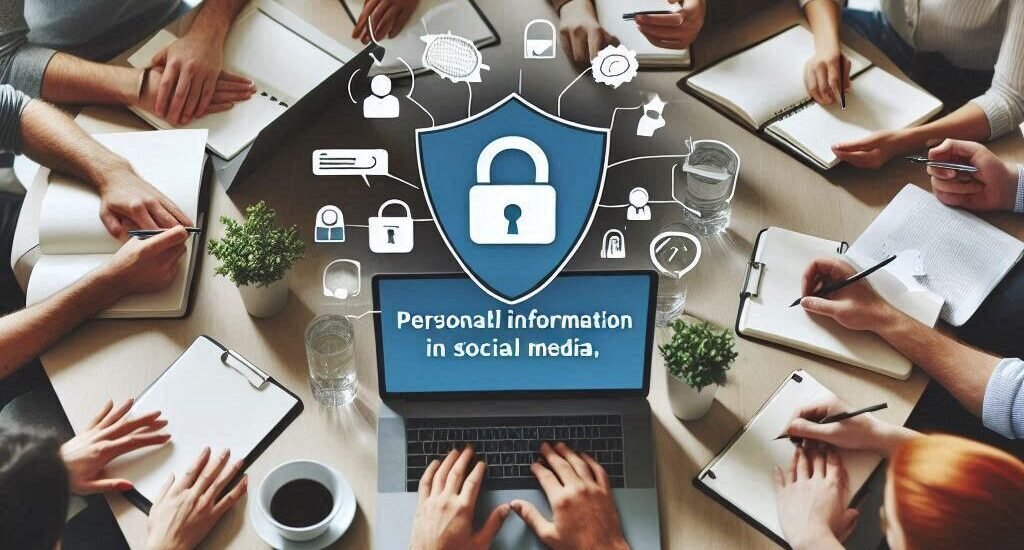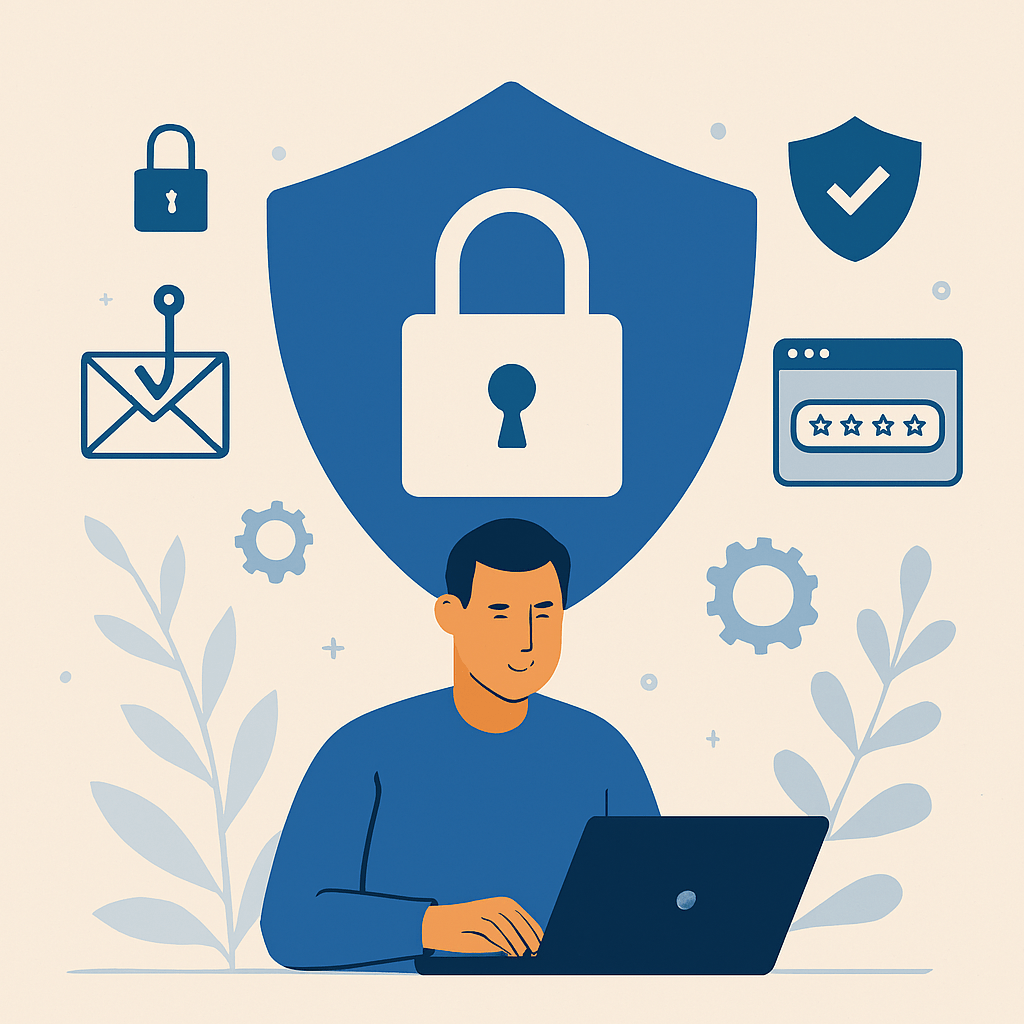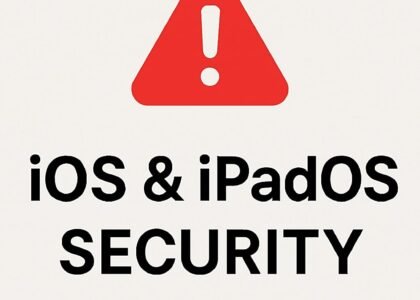Understanding the Risks of Social Media Sharing
Social media platforms have become an integral part of daily life, enabling individuals to connect with friends, family, and a wider community. However, sharing personal information on these platforms carries significant risks that users must understand. One of the foremost dangers is identity theft, where malicious actors can exploit shared data, such as birthdays, addresses, or even photographs, to impersonate individuals. For instance, in 2022, a widespread case surfaced where users’ shared information led to financial fraud, resulting in considerable losses for victims.
Another noteworthy risk associated with social media sharing is cyberstalking. Individuals frequently make personal details, such as location or daily routines, public. This information can be leveraged by stalkers to track or harass victims. High-profile cases have illustrated how sharing seemingly harmless details can lead to dire situations, underscoring the necessity for personal information security on social media.
Phishing scams also represent a significant threat in the realm of social media security. Cybercriminals craft fake profiles and requests to lure individuals into divulging sensitive information. These scams can range from innocuous-seeming friend requests to urgent messages claiming compromised accounts. For example, a recent incident involving a popular social media network showcased how thousands fell victim to such scams, with their personal information being exploited for sinister purposes.
Ultimately, the potential consequences of these risks extend beyond financial loss, affecting an individual’s emotional well-being and sense of security online. As users navigate the digital landscape, it is crucial to remain vigilant and educated about the implications of sharing personal information on social media. Awareness of these threats is the first step in enhancing personal information security and maintaining a safe online presence.
Simple Strategies to Safeguard Your Information
Protecting personal information security on social media platforms is crucial in today’s interconnected world. Below are practical strategies that individuals can adopt to enhance their security online.
Firstly, adjusting privacy settings should be one of the top priorities. Most social media platforms provide options to manage who can view your profile and posts. It is advisable to limit this visibility to friends or trusted connections only. Regularly reviewing and updating these settings ensures that only authorized individuals can access your personal information.
Additionally, users should be cautious about the content they choose to share. Avoid posting sensitive details such as your home address, phone number, or any information that could be used for identity theft. Remember that casual shares can have long-term implications for personal information security, and it may benefit users to think twice before posting.
Another critical aspect is the creation of strong and unique passwords. A robust password should ideally consist of a combination of letters, numbers, and symbols. Utilizing a different password for each account can further mitigate the risk. Furthermore, leveraging a password manager can help simplify this process by securely storing complex passwords.
Lastly, understanding the significance of two-factor authentication (2FA) is essential. Enabling 2FA adds an extra layer of protection by requiring not only a password but also a secondary verification method, such as a text message or authentication app. This practice greatly enhances social media security and deters unauthorized access.
By implementing these straightforward strategies, individuals can significantly enhance their security online and better protect their personal information on social media platforms.
Recognizing and Avoiding Scams on Social Media
Social media platforms provide great opportunities for connectivity and communication; however, they also present unique challenges regarding personal information security. One of the significant risks users face is the proliferation of scams, which can manifest in various forms. Understanding how to recognize and avoid these scams is essential for maintaining security online.
One common type of scam on social media is the creation of fake accounts. Scammers often replicate legitimate accounts to deceive users into sharing their personal information. These fraudulent accounts may use similar names, profile pictures, or content as authentic profiles, which can make them difficult to identify. To avoid falling into this trap, always verify the authenticity of accounts before accepting friend requests or engaging in conversations. Look for signs such as mutual friends, engagement levels, and the consistency of the account’s activity.
Phishing messages are another prevalent scam tactic. These are typically unsolicited messages that urge users to click on a link or provide sensitive information. Red flags to watch for include poor grammar, unfamiliar senders, and urgent language prompting immediate action. If a message seems suspicious, do not click any links or provide any personal information. Instead, report the message to the platform and block the sender.
Additionally, be cautious with online giveaways and contests that require personal information to participate. Scammers often use enticing offers to lure victims, disguising their malicious intentions. To navigate these situations safely, participate only in promotions from recognized and trusted organizations. Always consider the implications of sharing personal information, even in seemingly harmless contexts, to ensure your social media security.
By being vigilant and informed about these common scams, users can enhance their personal information security while navigating social media platforms effectively.
Staying Secure: Best Practices for Social Media Use
Maintaining security while engaging on social media platforms is of utmost importance to protect your personal information. To begin with, establishing secure connections is crucial. Always ensure that you are using HTTPS connections when accessing social media websites. This encryption adds an additional layer of protection against potential cyber threats, safeguarding your data as it travels over the internet.
Another effective strategy to enhance social media security is to keep your devices and applications updated. Updates often include patches for vulnerabilities that could be exploited by hackers. Regularly updating your operating systems and applications can significantly reduce the risk of falling victim to security breaches. Devices equipped with the latest security features are better prepared to fend off the latest forms of malware and phishing attacks.
It is also recommended to avoid using public Wi-Fi networks when performing activities that require providing personal information. These networks are often less secure and more susceptible to interception. Instead, consider using a virtual private network (VPN) to encrypt your online activities whenever you need to access your accounts on public networks. This practice enhances your security online, making it more difficult for unauthorized users to access your connection.
Furthermore, regularly reviewing your online presence is essential. Take the time to audit your privacy settings on various social media platforms. Be prudent about what information you share publicly, and familiarize yourself with the privacy policies of these platforms. Being aware of how your data is collected and used can help further protect your personal information security.
In conclusion, fostering a culture of awareness and responsibility in social media use can benefit everyone. By adopting these best practices—secure connections, up-to-date devices, and cautious internet habits—you can significantly improve your security while enjoying the numerous benefits that social media offers.




